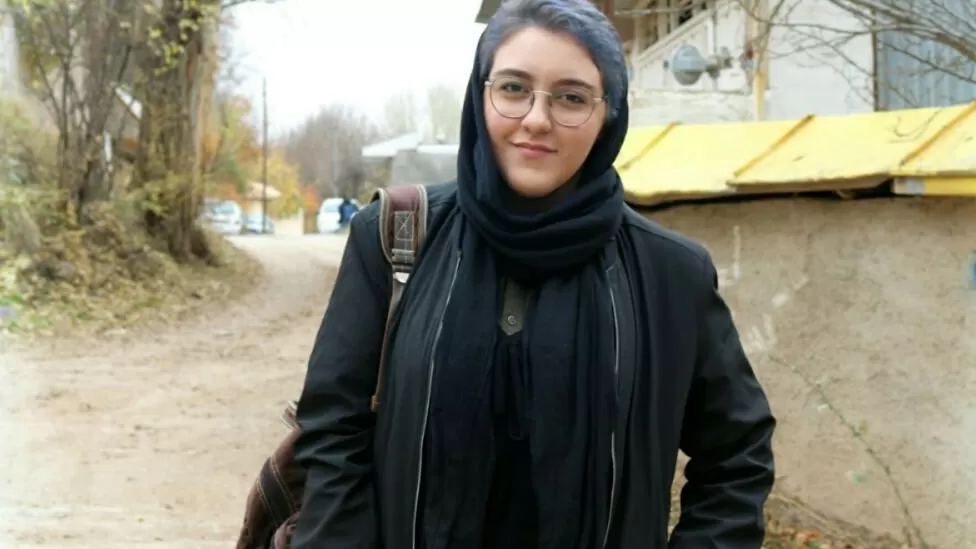My dream was to wear what I wanted

Their family may retaliate or their community may shun them. This pressure is exacerbated in some countries by laws.
There has just been a controversial vote in Iran’s parliament that would increase prison sentences and fines for women and girls who violate the country’s strict dress code.
As a result of widespread protests in which women removed their hijabs, the bill needs the approval of the Guardian Council in order to become law.
Mahsa Amini’s death in morality police custody a year ago sparked these protests. For about one billion Muslim women around the world, wearing the hijab is a personal choice. She was arrested for allegedly wearing it too loosely.
However, for those who wish to remove their veil, it can take years to overcome the pressure. Ribell, who is not her real name, says her dream was to have one day a week when only women could go to the streets and wear whatever they wanted.
Her family, living outside Tehran’s capital, forced her to wear the chador when she was nine. The chador is one of the most conservative types of hijab, a full-body cloak often accompanied by a smaller headscarf.
Her parents had been preparing her for covering since she was six years old.
“They kept telling me that I had to wear the hijab, that it is my duty to God, and that if I didn’t wear it, I would be eternally punished after I died – not to mention that I would bring my parents into disrepute,” she says.
